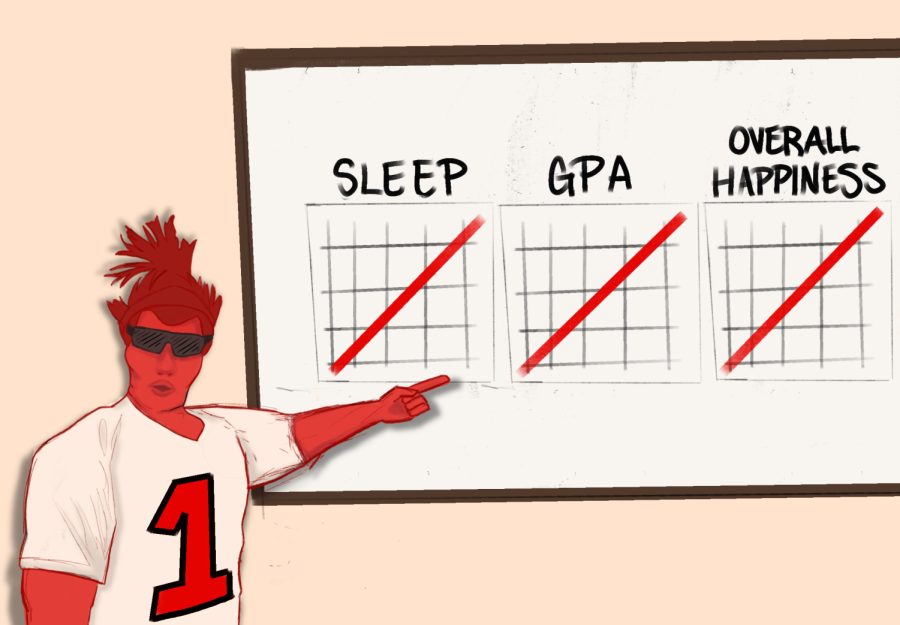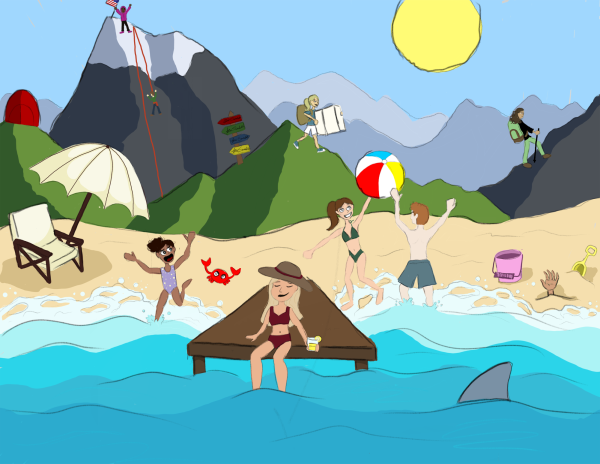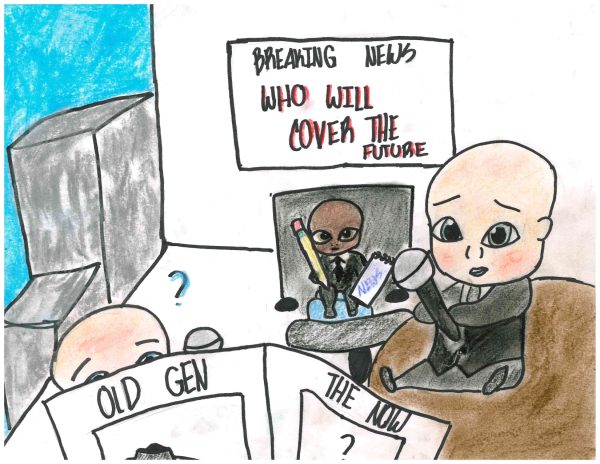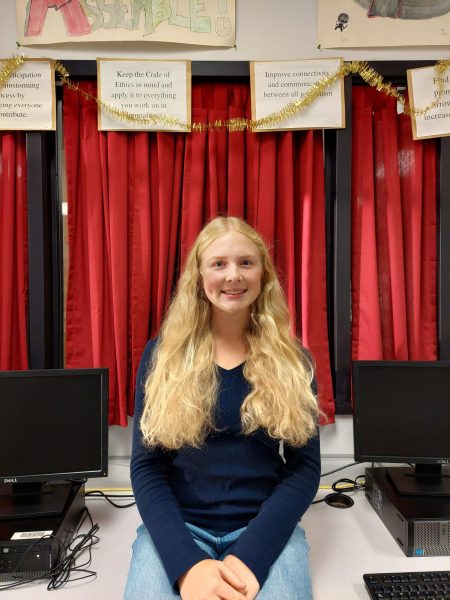WWSI: Red Zone schedule appreciated by all
Moving back the start of first block by 25 minutes, Red Zone, piloted for three weeks in October, opened time in the schedule for students to access resources to help them excel.
Students utilized Red Zone in different ways, seemingly all constructive.
For underclassmen who take the bus in the morning, the extra time could be used to meet with teachers for extra help, do a bit of reading or finish up homework.
With the standard bell schedule, classes start at 7:40 a.m., but with Red Zone, first block did not begin until 8:11 a.m.
This gives students with access to transportation an additional 31 minutes to get to school, and other students 25 minutes for productivity or in-school relaxation.
Having this time built into the schedule in the morning makes it so that students can start their day fresh and on a good note.
This time in the morning makes the start to the day less abrupt.
Allowing students to slowly acclimate to being in school before beginning to learn allows them to wake up, become more alert and ready to succeed.
Students who don’t take the bus to school were able to choose whether to come in during Red Zone or sleep in for an extra 25 minutes.
Studies have shown that later school start times can help students perform better in school.
According to a study by the Sleep Foundation, schools that started at 8:30 a.m. showed increased graduation and attendance rates.
By implementing these later start times at Souderton through Red Zone, students are less likely to sleep in and miss class.
Sleep deprivation can affect people in many different ways.
It can affect mood, attentiveness, memory, decision making and it can slow thinking.
All of these factors can affect a students academic performance as well as their attitude towards people around them.
By implementing a later start time, the school environment feels more relaxed; it seems evident that students slept more than they usually do.
This relaxed environment can ease nervousness for many students and make for a more effective learning environment.
According to the Sleep Foundation, a lack of sleep has direct links to increased anxiety and depression in adolescents.
These symptoms directly affect the overall health and wellbeing of students as well as their academic performance.
A more relaxed school environment can help students with anxiety who may struggle with a more frantic atmosphere.
The additional sleep that many students got with Red Zone also had a direct positive effect on their health and performance.
Red Zone opened all these benefits to students without invading class time.
Classes were shortened by only six minutes, having little impact on students’ learning time.
This schedule maximized students’ time while having minimized negative effects.
Unlike Lunch and Learn, Red Zone took place in the morning. In the morning, high school students are still waking up and therefore less likely to get into any trouble.
Lunch and Learn saw students acting up nearly every day, which disrupted learning and made for a more hectic environment around the building.
However, with the calmer atmosphere that Red Zone created, students were able to focus on getting help, going to club meetings or just studying.
Also, with every student eating at the same time during Lunch and Learn, there was a higher likelihood for messes being made.
While walking through the hallways after Lunch and Learn, there were trays, food and trash littered throughout the halls.
Although many students may have enjoyed Lunch and Learn, the messes, constant noise, fights and other disturbances made the program difficult for staff and administrators.
However, from the perspective of most teachers, Red Zone was extremely useful.
Teachers were able to have students make up tests during the time or receive extra help.
Students were able to perform better in classes because they were better equipped with resources.
For students who feel established in their classes and don’t have an alternative ride to school, Red Zone gives them time to meet up with friends and connect before school starts.
In a study done by the Division of Developmental and Behavioral Pediatrics at Cincinnati Children’s Hospital, students perform better when they are with their friends.
The opportunity to see friends for a substantial amount of time before the school day may seem like a waste of time, but could create real benefits.
Seeing friends at school can help students develop a more positive relationship with being at school.
Seeing them at the beginning of the day could help combat feelings of dread and dreariness at school.
Whether students are using the time to get extra help from teachers or see their friends, Red Zone is promoting social and emotional welfare of students.
The Red Zone program acts as a nice buffer before the start of classes that allows students to catch up on any homework assignments that they may have missed the night before.
While students are catching up with homework, they also have the opportunity to go to their teachers for help.
By creating an environment where students are encouraged to ask their teachers questions outside of class, students can better understand and comprehend the material being taught in their courses.
Breakfast served at the school is now free. During Red Zone, students can grab breakfast in the cafeteria to get the “most important meal of the day.”
Eating breakfast can help students get the energy they need to be more alert during class and start their metabolism.
Having additional time before block one enables students to access free breakfast and do what is best for themselves.
For students whose bus arrives on the later side, they might not have time to stop by the cafeteria before first block on a traditional bell schedule.






